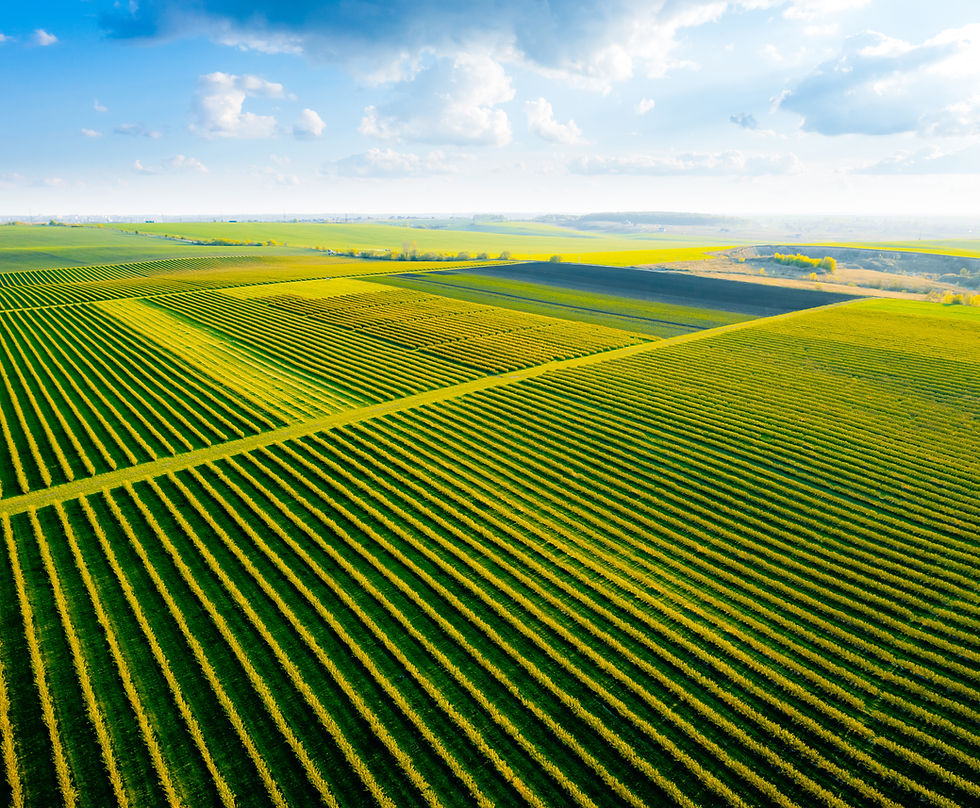Farm Properties for Sale: Key Tips and Listings
- Tammy Eickhoff

- Oct 20
- 4 min read
Purchasing a farm property is a significant investment that combines lifestyle, business, and land ownership. Whether you are looking for a peaceful retreat, a working farm, or a rural investment, understanding the essentials of farm properties is crucial. This guide will walk you through key tips for buying farm properties and provide insights into rural property listings to help you make an informed decision.
Understanding Rural Property Listings
When exploring rural property listings, it’s important to know what to look for beyond just the price and acreage. Rural properties often come with unique features and challenges that differ from urban or suburban real estate.
Land Quality and Soil Type: The fertility and type of soil can determine what crops or livestock the farm can support.
Water Access: Reliable water sources such as wells, ponds, or streams are vital for farming operations.
Zoning and Land Use Restrictions: Check local regulations to ensure the property can be used for your intended purpose.
Infrastructure: Look for existing barns, fencing, irrigation systems, and road access.
Topography: Flat land is easier to farm, but rolling hills can offer good drainage and scenic views.
When browsing rural property listings, use filters to narrow down properties that meet your specific needs. For example, if you want a horse farm, look for listings with stables and pastureland.

Key Tips for Buying Farm Properties
Buying a farm is different from buying a typical home. Here are some essential tips to guide you through the process:
1. Define Your Purpose
Are you buying the farm for agriculture, livestock, recreation, or as a retirement home? Your purpose will influence the type of property you should consider.
2. Inspect the Land Thoroughly
Visit the property multiple times and in different seasons. Look for signs of soil erosion, drainage issues, and the condition of fences and buildings.
3. Evaluate Water Resources
Water is the lifeblood of any farm. Confirm the availability and quality of water. If the property relies on wells, check the depth and yield.
4. Understand the Costs
Beyond the purchase price, factor in costs for maintenance, equipment, taxes, insurance, and possible improvements.
5. Work with Specialists
Engage a real estate agent who specializes in farm properties. Also, consider consulting an agricultural extension officer or a land surveyor.
6. Check for Environmental Restrictions
Some farms may have conservation easements or protected wetlands that limit development or farming activities.
7. Review Access and Utilities
Ensure the property has legal access roads and check the availability of electricity, internet, and other utilities.
8. Plan for Future Expansion
If you plan to grow your farming operation, consider the potential for acquiring adjacent land or expanding existing facilities.

Where is the Cheapest Place to Buy a Farm?
Finding affordable farm properties depends on several factors including location, land quality, and local market conditions. Generally, rural areas in the Midwest and Southern United States offer some of the most affordable farm properties.
Midwest States: States like Missouri, Kansas, and Iowa have large tracts of farmland with reasonable prices.
Southern States: Areas in Arkansas, Tennessee, and parts of North Carolina often have lower land costs.
Consider Rural Counties: Farms located farther from metropolitan areas tend to be cheaper but may have less infrastructure.
Keep in mind that cheaper land may require more investment in infrastructure or improvements. Balancing price with usability is key.

How to Find the Best Farm Properties for Sale
To find the best farm properties for sale, use a combination of online resources, local contacts, and professional services.
Online Listings: Websites specializing in rural real estate provide detailed listings with photos, maps, and property descriptions.
Local Real Estate Agents: Agents with experience in farm properties can offer insights and access to off-market listings.
Agricultural Auctions: Sometimes farms are sold at auction, which can be an opportunity to find good deals.
Networking: Talk to local farmers, agricultural extension offices, and community groups to learn about available properties.
When you find a property of interest, request detailed information about the land history, crop yields, and any existing leases or agreements.
Making the Most of Your Farm Property Investment
Owning a farm property can be rewarding but requires ongoing management and planning. Here are some strategies to maximize your investment:
Diversify Income: Consider multiple revenue streams such as crop farming, livestock, agritourism, or leasing land.
Sustainable Practices: Implement soil conservation, water management, and organic farming to maintain land health.
Upgrade Infrastructure: Invest in modern equipment, fencing, and irrigation to improve productivity.
Stay Informed: Keep up with agricultural trends, government programs, and market prices.
Build Community Connections: Engage with local farming groups and cooperatives for support and resources.
By taking a proactive approach, your farm property can become both a lifestyle asset and a profitable venture.
For those interested in exploring available options, check out this excellent resource for farm properties for sale that offers a variety of listings tailored to different needs and budgets.
Investing in farm properties is a journey that combines passion with practical decision-making. With the right knowledge and resources, you can find a rural property that fits your goals and enjoy the many benefits of farm life.
.png)







Comments